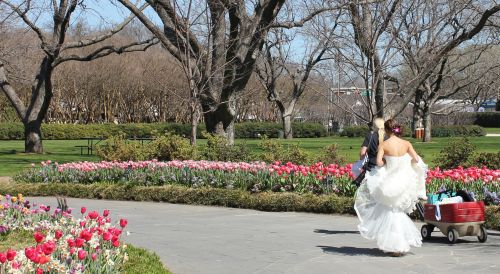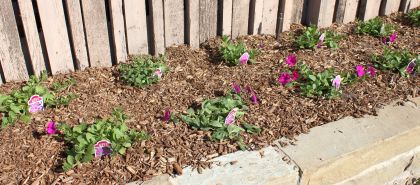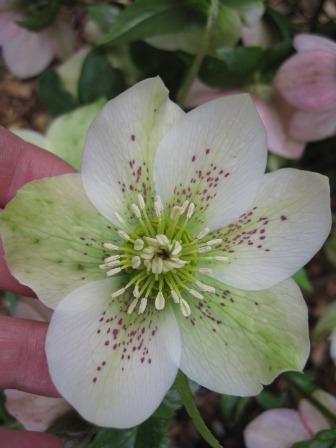Yesterday I had the opportunity to listen to Marla Spivak, a very highly regarded bee scientist, talk about how bees defend themselves from disease. Very interesting stuff. I took a lot of information away from the talk, two bits of which I want to share with you.
The first is a vocabulary word — propolis – go ahead, google it (I don’t think too much inappropriate stuff will pop up) – it’s an antimicrobial “ointment” which bees create from stuff like the resins on tree buds.
The second is that the number of bee colonies is the US has been going down in the US since 1945 for a number of reasons. One of the most important of which is the fact that we like to kill flowers, such as dandelions and clover, which bees like, and then we plant crappy flowers – at least as far as the bees are concerned. The whole crappy flower thing isn’t something that I’d spent much time thinking about, so it was kind of an ah-ha moment for me.
Here’s how it works. People tend to like double flowers. Double flowers usually occur because the male parts of the flowers – the parts which normally contain pollen – instead develop into petals. It’s a mutation – very pretty – but it inhibits the flower from reproducing itself through seed and it certainly isn’t great for bees who rely on pollen for food. So when we plant our gardens we are removing plants that bees may love because we consider them weeds. Then we replace these flowers with what amounts to plastic fruit. My opinion – this is probably more significant to the lives of both honey bees and native bees than whether we plant natives or exotics.
So let your yard go wild! The bees will thank you.


















